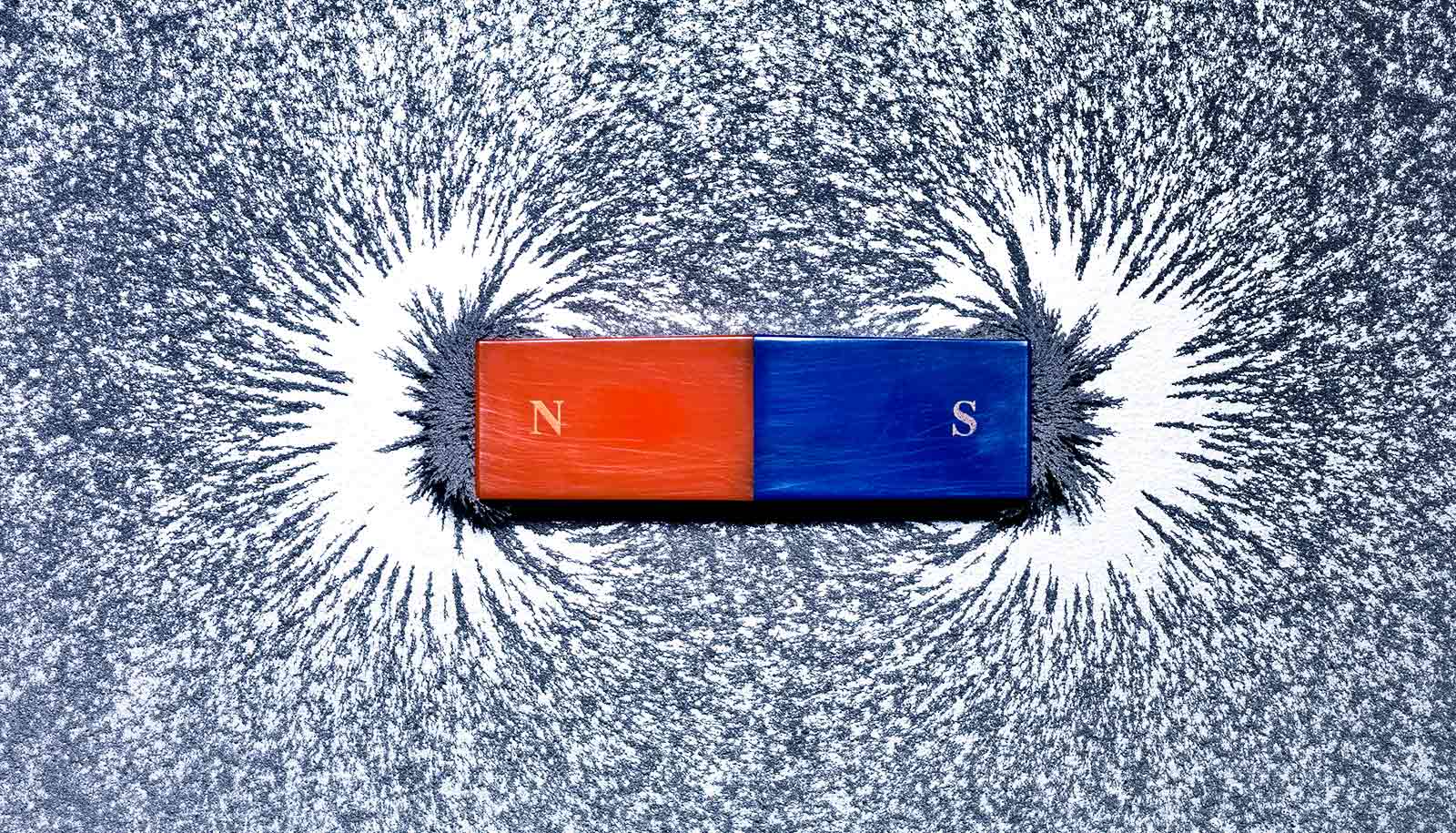Scientists have discovered that black holes have significantly weaker magnetic fields than previously thought.
A 40-mile-wide black hole 8,000 light years from Earth named V404 Cygni yielded the first precise measurements of the magnetic field that surrounds the deepest wells of gravity in the universe. Study authors found the magnetic energy around the black hole is about 400 times lower than previous crude estimates.
The measurements bring scientists closer to understanding how black holes’ magnetism works, deepening our knowledge of how matter behaves under the most extreme conditions—knowledge that could broaden the limits of nuclear fusion power and GPS systems.
(Credit: Michael McAleer/UF News)
The measurements also will help scientists solve the half-century-old mystery of how “jets” of particles traveling at nearly the speed of light shoot out of black holes’ magnetic fields, while everything else is sucked into their abysses, says study coauthor Stephen Eikenberry, a professor of astronomy at the University of Florida.
“The question is, how do you do that?” Eikenberry says. “Our surprisingly low measurements will force new constraints on theoretical models that previously focused on strong magnetic fields accelerating and directing the jet flows. We weren’t expecting this, so it changes much of what we thought we knew.”
“This discovery puts us one step closer to understanding how the universe works.”
Study authors developed the measurements from data collected in 2015 during a black hole’s rare outburst of jets. The event was observed through the lens mirror of the 34-foot Gran Telescopio Canarias, the world’s largest telescope, located in Spain’s Canary Islands, with the help of its infrared camera, named CIRCE (Canarias InfraRed Camera Experiment).
Smaller jet-producing black holes, like the one observed for the study, are the rock stars of galaxies. Their outbursts occur suddenly and are short-lived, says study lead author Yigit Dalilar and coauthor Alan Garner, doctoral students in the astronomy department at UF. The 2015 outbursts of V404 Cygni lasted only a couple of weeks. The previous time the same black hole had a similar episode was in 1989.
“To observe it was something that happens once or twice in one’s career,” Dalilar says. “This discovery puts us one step closer to understanding how the universe works.”
Closely-orbiting black holes caught in ‘cosmic photobomb’
Researchers also observed the outburst from V404 Cygni using X-ray observations by California Institute of Technology and NASA’s NuSTAR space-based telescope, optical observations from UltraCAM on the William Herschel telescope in the Canary Islands, and radio data from the Arcminute Microkelvin Imager telescope located in the United Kingdom.
The researchers report their findings in the journal Science. The National Science Foundation and the University of Florida supported the study.
Source: University of Florida



